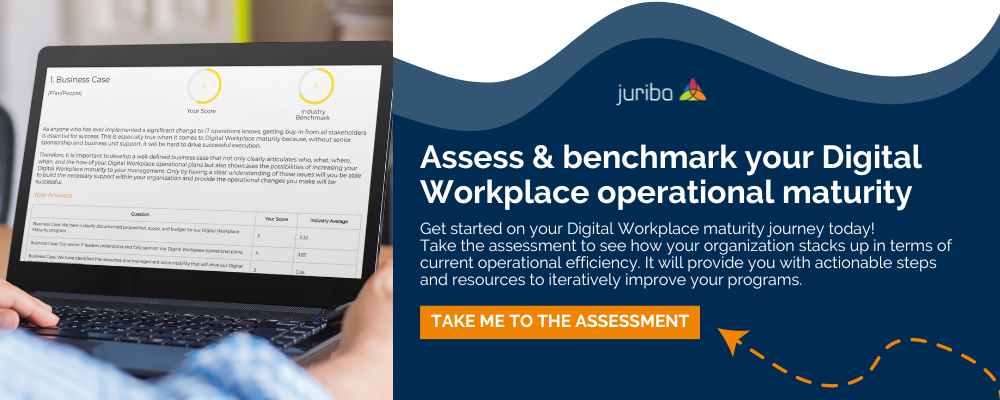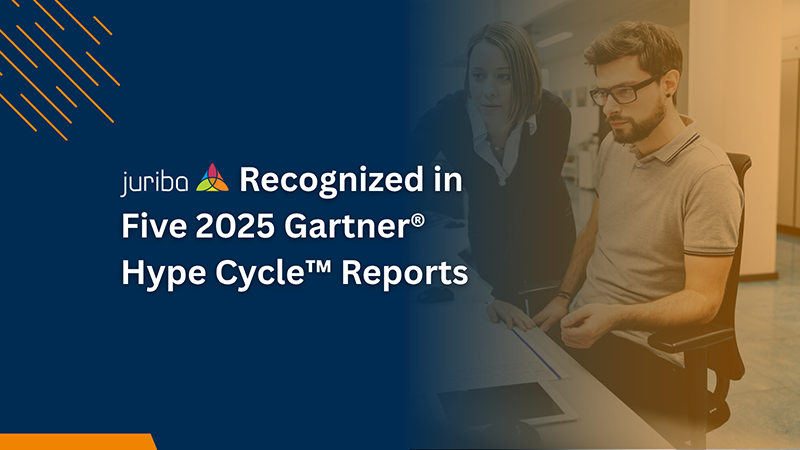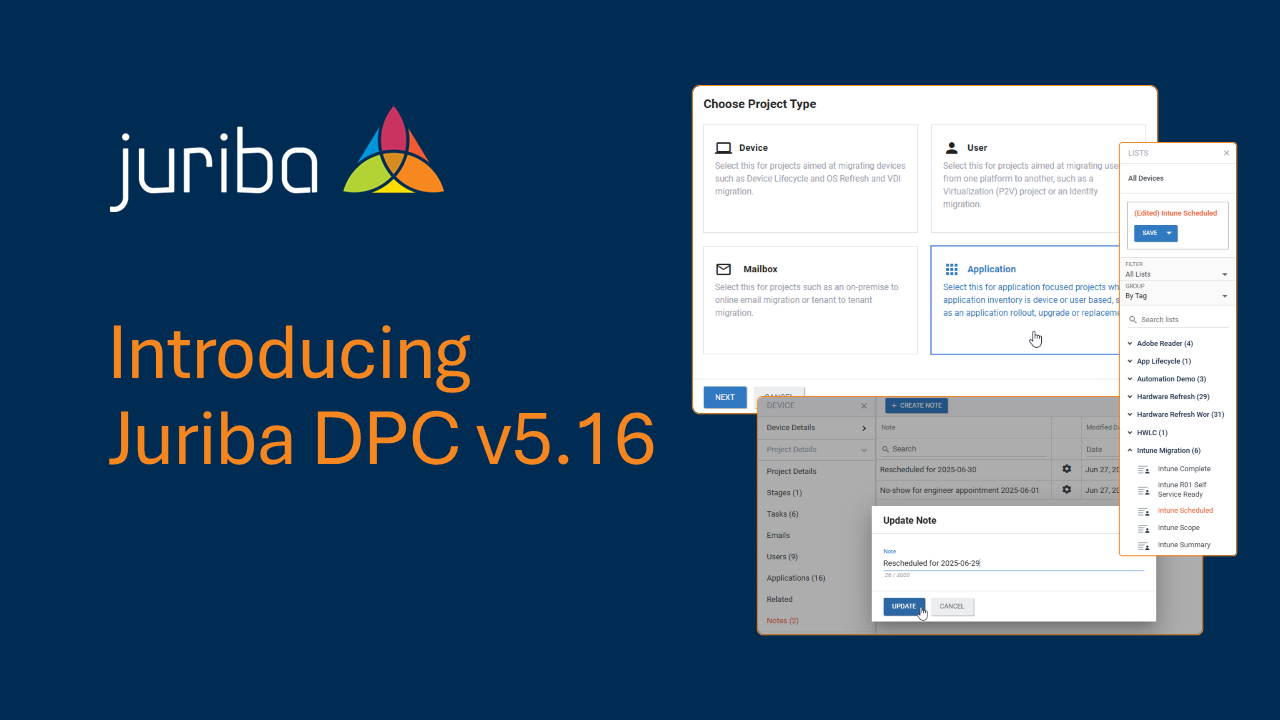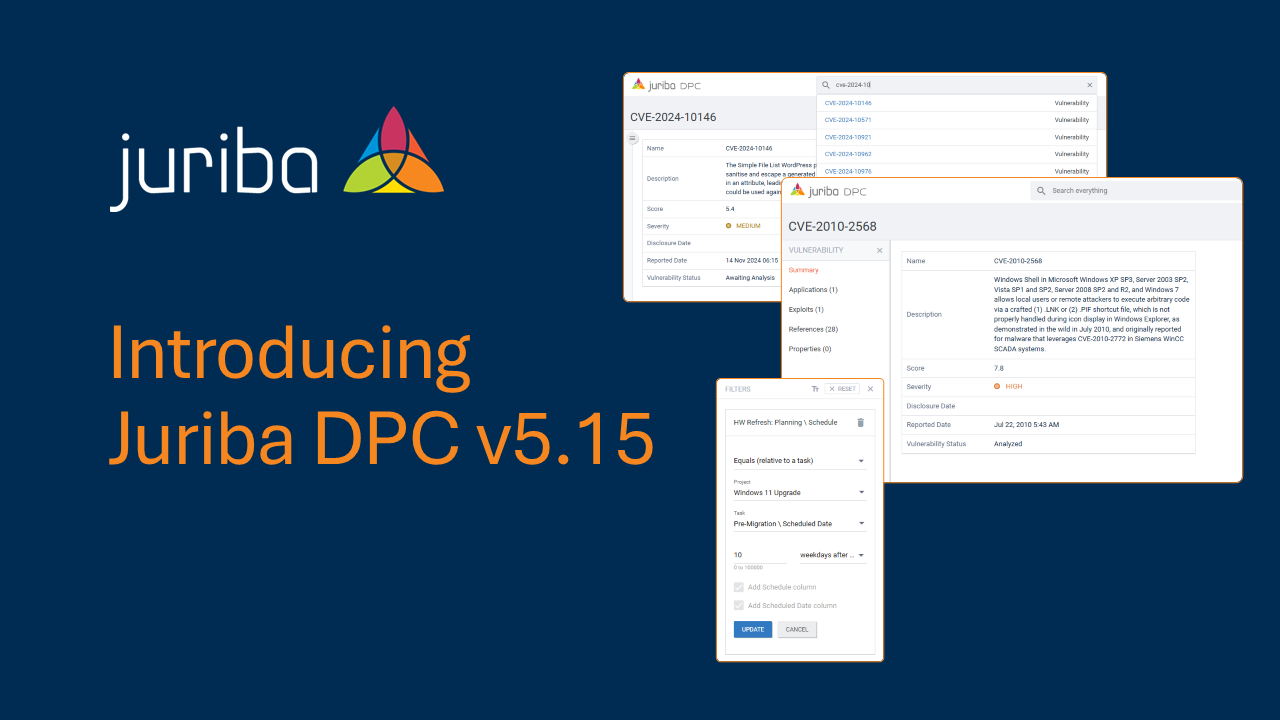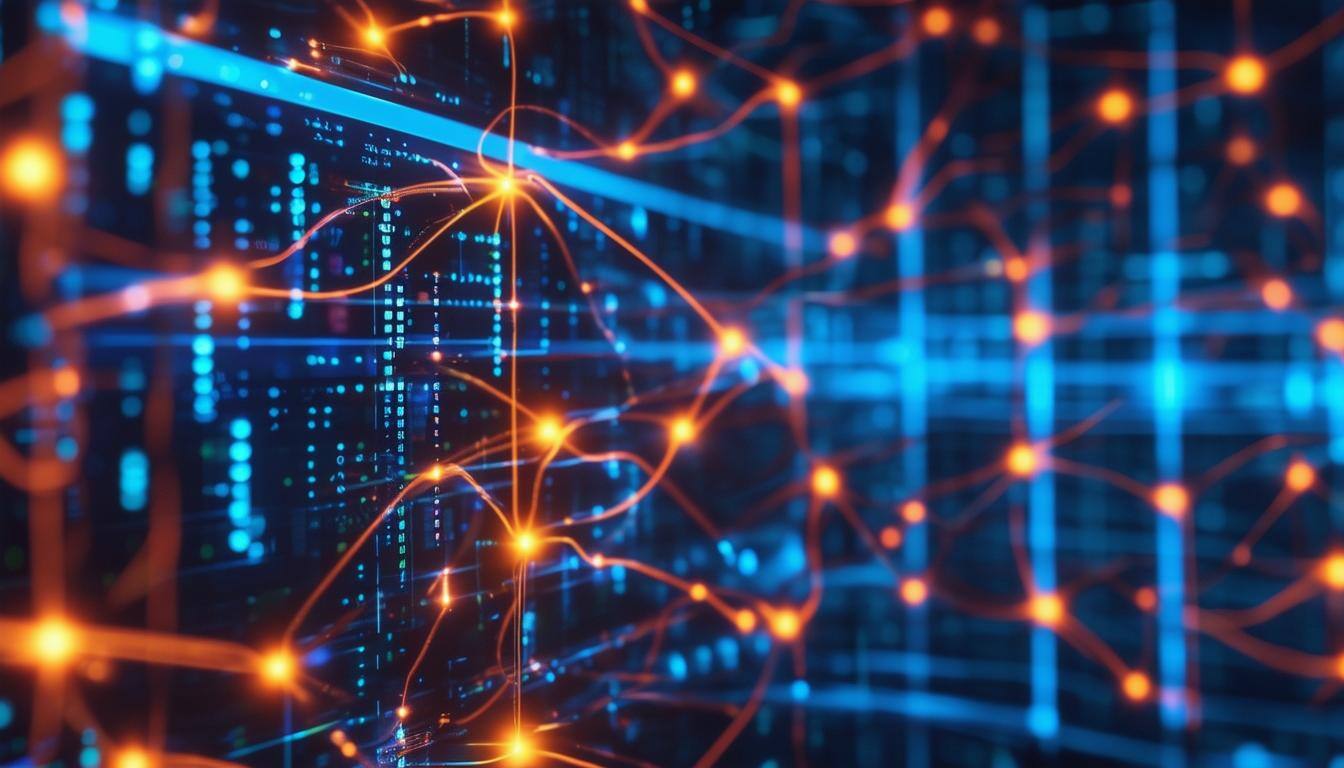2 tools to assess and benchmark digital workplace maturity and operational efficiency
October 9th, 2023
4 min read
By Barry Angell

Digital workplace management has been a hot topic since the introduction of Windows 10 in 2015, but in the last 12 months, interest in digital workplace programs has risen significantly.
This surge in interest isn’t just the promise of improved ways of working and new technologies but the need for IT leaders to establish a connection between specific business objectives and the investment prioritization of digital workplace programs.
IT leaders struggle to identify the path to digital workplace maturity.
Whilst IT leaders are scrambling to keep the lights on, refreshing hardware estates, upgrading Windows 10 to the latest version and preparing for Windows 11, managing modern endpoint devices and apps, and the list goes on; they are also expected to find the time to drive digital workplace maturity, often without the budget or resources necessary to accomplish this.
Fuelled by a fundamental lack of understanding of what ‘good’ looks like — both in senior leadership and those in charge of implementing it – many organizations are still unsure about how to prioritize their digital workplace investments to achieve the productivity gains these programs can deliver.
At Juriba, we have worked with many large enterprises to significantly improve their digital workplace operations, and the question that comes up repeatedly is:
"How do I know where my organization stands today and where should we prioritize our investments?"
Because every organization has different digital workplace needs, it’s important to understand what those needs are and how they impact the business. The challenge to date has been finding a satisfactory way to assess where organizations currently stand, identify what actions to take, and measure improvements as they progress, along with an understanding of what best practice looks like.
Here, we introduce two interactive assessment and benchmarking tools designed to help:
- Gartner Digital Workplace Maturity Assessment, which assesses organizational maturity and aligns it with your organization's ambitions for the digital workplace and
- Juriba Digital Workplace Operational Assessment, which baselines your current operational efficiency and provides the actionable steps and resources to iteratively improve your digital workplace programs.
The Gartner assessment tool helps IT leaders assess maturity and align it with their organization's ambitions for the digital workplace.
Gartner recently launched its Digital Workplace Maturity Assessment tool in response to the rapidly increasing discussions and interest around the digital workplace. It is based on their digital workplace maturity model, which has five steps. Below, we outline the model and the journey ahead, but it is important to understand that this is not about fixation on the need for rapid advancement but more about ensuring you can measure and quantify returns to the business at your current level.

The first two levels of Digital Workplace maturity fall under the ambition category "Workplace Infrastructure Modernization." In his presentation entitled "Digital Workplace Maturity: Myths, Trends, and Facts," Dan Wilson mentioned that 80% of organizations only score a Level 1 or Level 2.
Level 1 (Reacting): Keeping the lights on
- At this level, teams are highly distributed and siloed, with the main focus being on technology, activity throughput, and backlog prevention, with IT efforts centered around keeping up with service requests, incidents, changes, OS and application updates, and the growing number and types of devices.
Level 2 (Supporting): Keeping up with lifecycles
- Here, the focus is improving processes to build consistent and measurable service offerings. IT functions are merging into services, and there is the emerging Head of EUC role. With this comes improved reporting, visibility, and planning and the use of tools such as UEM and DEM.
Level 3 (Enabling): Operational excellence
- This marks the start of IT enabling business productivity rather than just managing technology. Employees now play an active part in managing their digital workplace, and the focus is on Digital Employee Experience (DEX), a much deeper integration with security, a strategic emphasis on managing releases, proactive problem management, advanced patching, IT asset management, etc.
- With all functions now merging, the Digital Workplace leader role is established.
Level 4 (Empowering): Experience, value, and partnerships
- At this level, organizations pivot from operational excellence to DEX and business value, emphasizing the human level of the Digital Workplace.
- Here, partnerships with the business units and support from senior leadership enable DW leaders to scale digital workplace initiatives to improve digital dexterity.
Level 5 (Transforming): Driving digital business value and leadership
- To achieve the highest level of ambition, organizations must undergo a transformative process that alters the way IT and business units collaborate.
- It involves actively leveraging technology to drive business benefits, making IT and business units jointly responsible for technology creation, and digitizing work tasks to remove any digital obstacles.
You can take the Gartner Digital Workplace maturity assessment survey here. It will take about 15-30 minutes to answer the 48 questions. You will then receive a report containing "areas of greater or lesser maturity to help plan for digital transformation initiatives in the future."
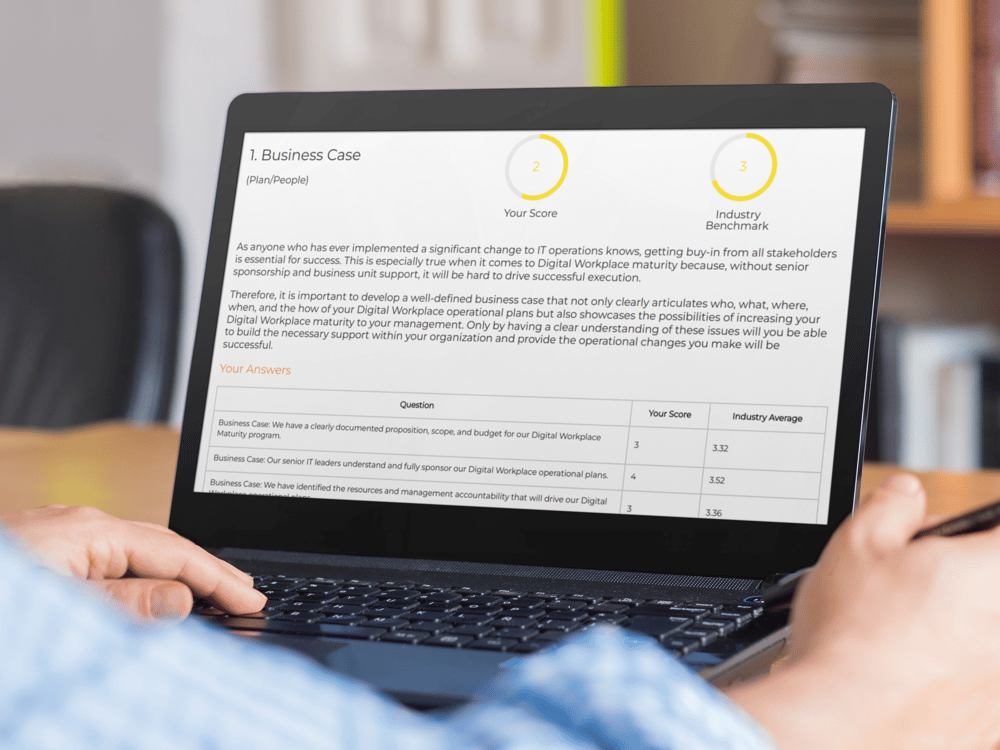
Juriba Digital Workplace Operational Assessment baselines your current operational efficiency and provides the actionable steps and resources to iteratively improve your programs.
Juriba’s assessment is an interactive assessment designed to identify strengths and weaknesses as well as potential gaps and obstacles that may prevent you from achieving your digital workplace goals.
It provides a snapshot of where you stand today across 12 critical dimensions impacting an organization’s ability to plan, build, deploy, and operate workplace services, along with personalized advice and resources, depending upon how far along the digital workplace journey you are.
It currently helps organizations to understand and document where they stand today before putting in the steps to improve efficiency and begin to move forward from what Gartner refers to as "Workplace Infrastructure Modernization” (Levels 1 & 2) to “New Ways of Working” (Level 3).
Upon completion of the 60 questions, you will receive a personalized 24+ page report that will provide bespoke recommendations and helpful resources based on your scores.
What you will get from taking the assessment:
- A report covering all aspects of digital workplace management across the plan, build, deploy, and operate implementation steps, including personalized recommendations
- Highlighted capability issues and priority projects
- Information and insights for the business case and investment priorities, roadmap development, and transformation planning
- By getting your team and stakeholders to complete the assessment, you can build consensus and give stakeholders a shared vision
- By revisiting the report on a semi-annual basis, organizations can measure and track improvements over time.
- It enables benchmarking an organization’s digital workplace efficiency against that of a growing pool of participants.
- Provides a continuous account of digital workplace activity in the market— trends, where digital workplace leaders are devoting their attention, what areas are being prioritized, and those that are being left behind.
- You can then work with our team to help build and implement your transformation plan.
For digital workplace leaders struggling to prioritize investments and tie them into business objectives, there are now two useful tools to help. By using these tools, you will get the facts and insights you need to be better equipped to give stakeholders a shared vision and deliver a holistic approach to your organization.
Take Juriba's Digital Workplace Operational Assessment find out where your organization is, and take the first step towards achieving operational excellence and driving digital business value.
Barry is a co-founder of Juriba, where he works as CEO to drive the company strategy. He is an experienced End User Services executive that has helped manage thousands of users, computers, applications and mailboxes to their next IT platform. He has saved millions of dollars for internal departments and customers alike through product, project, process and service delivery efficiency.


